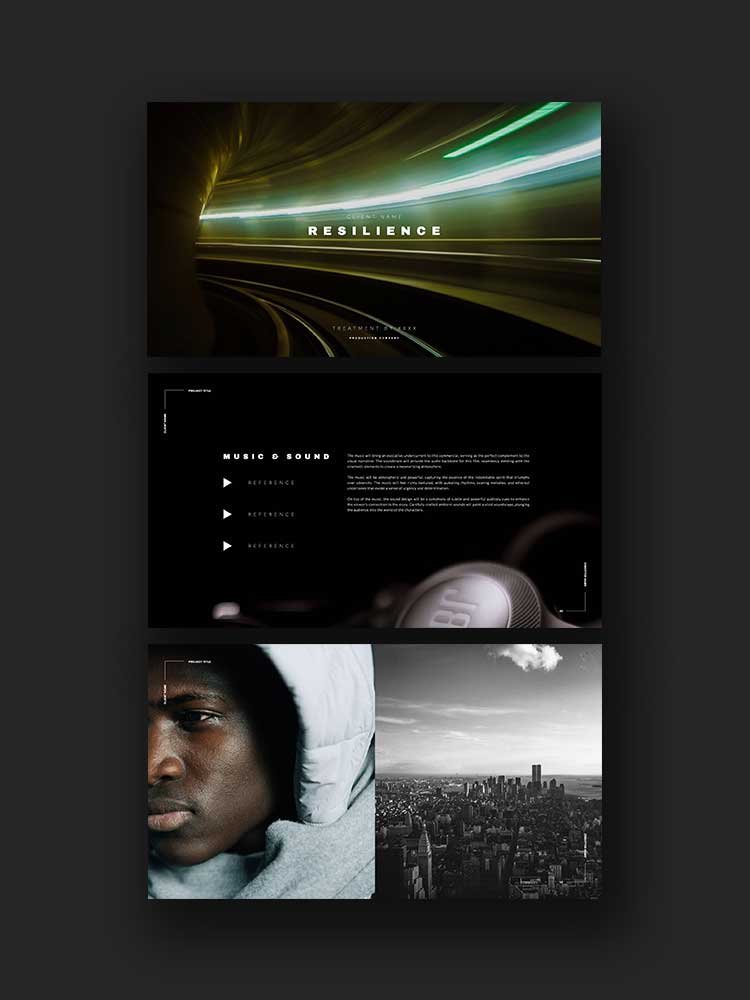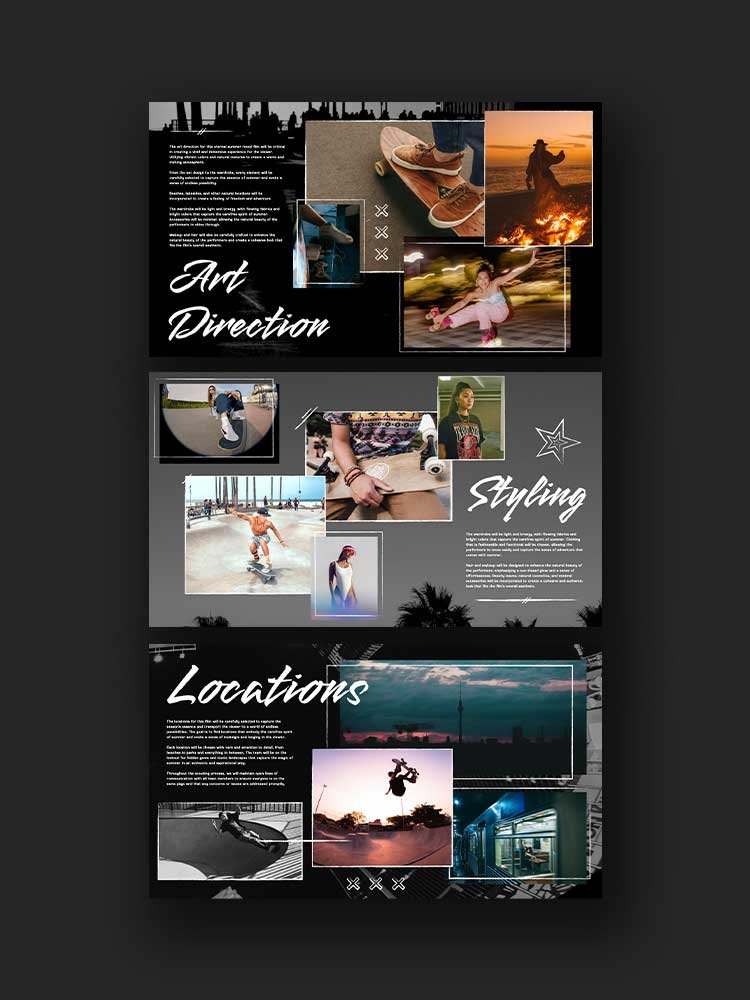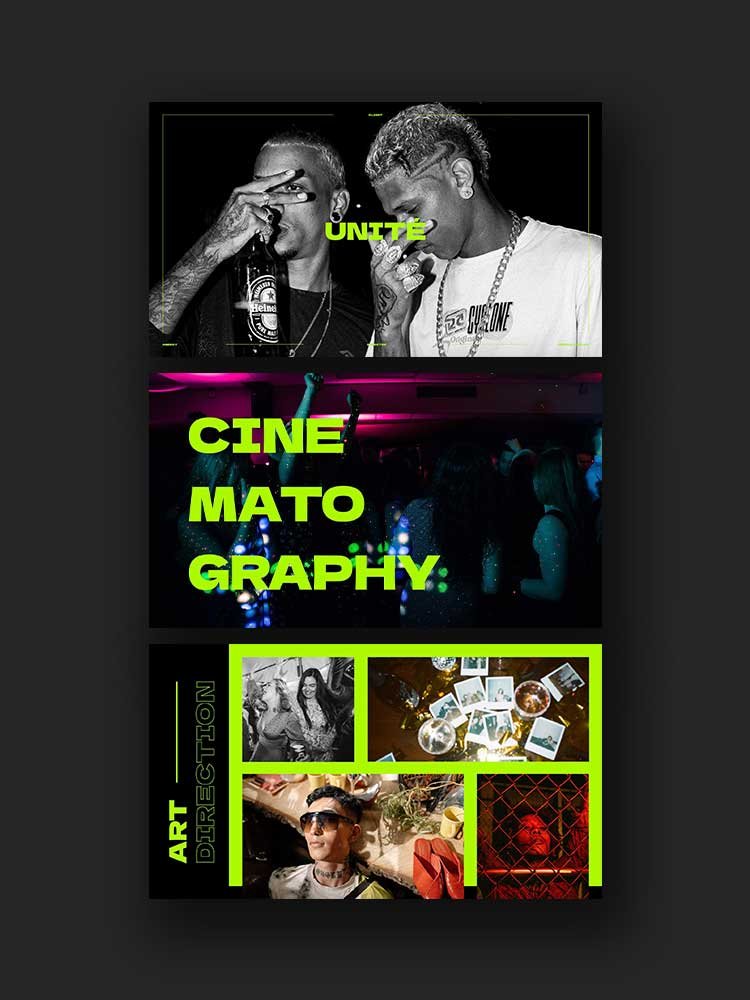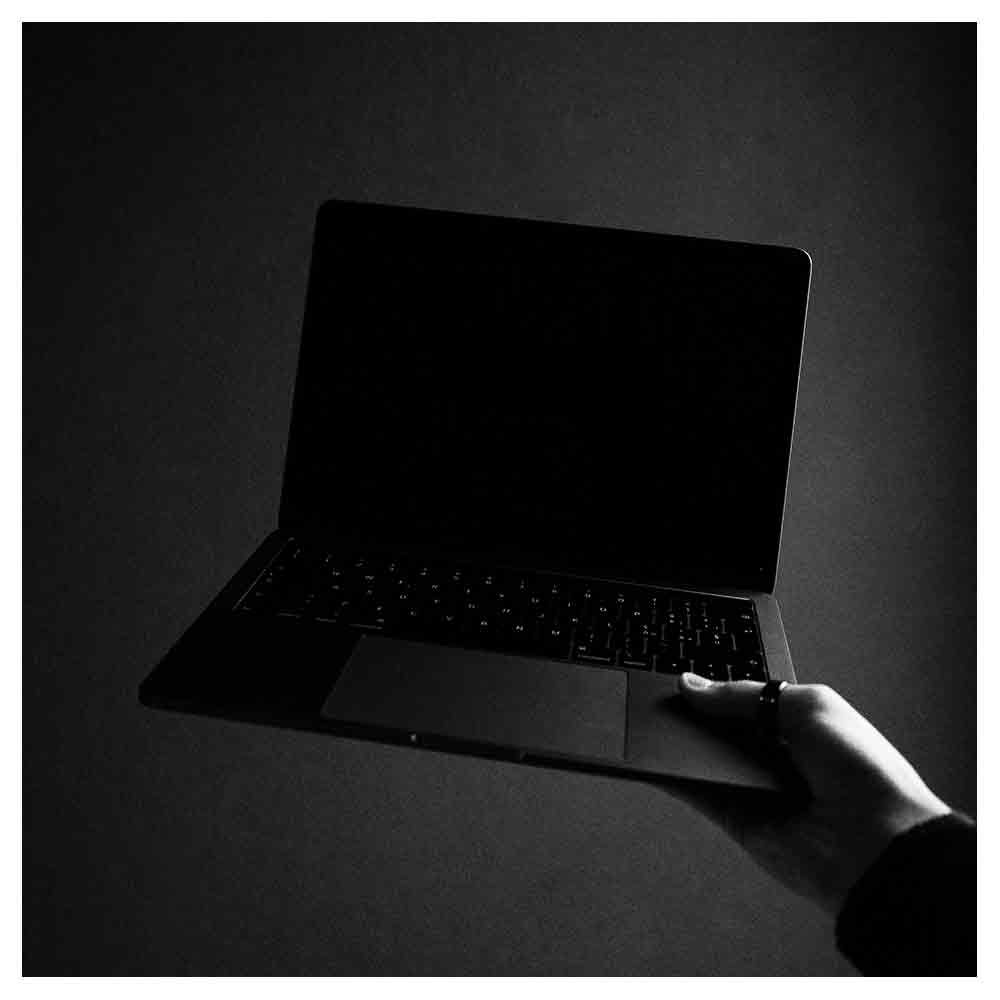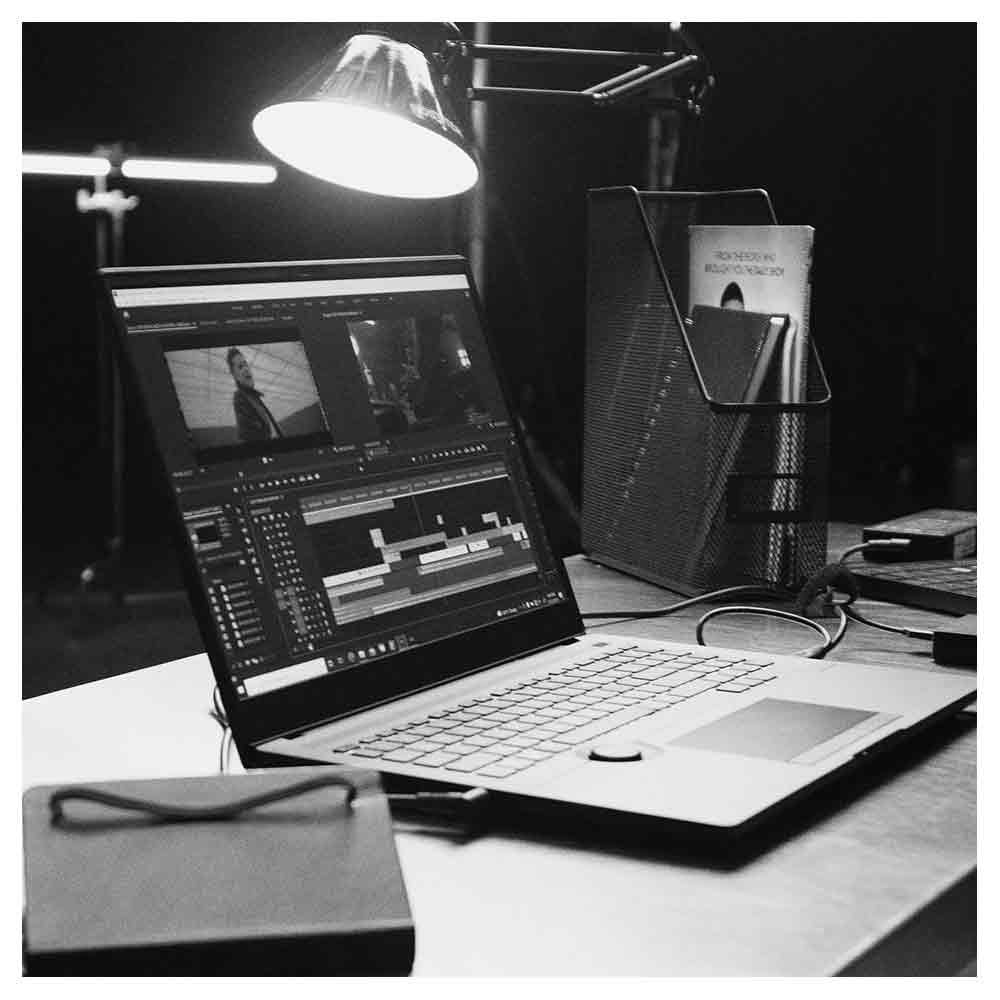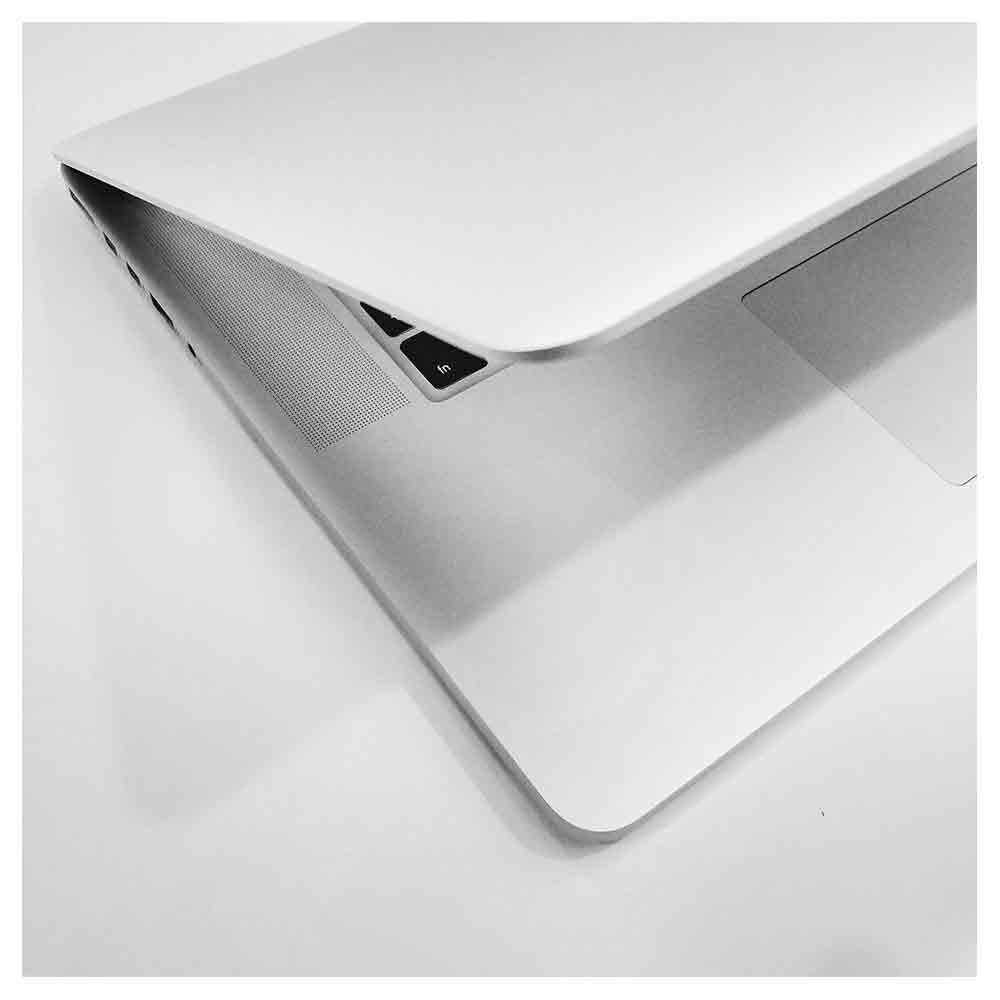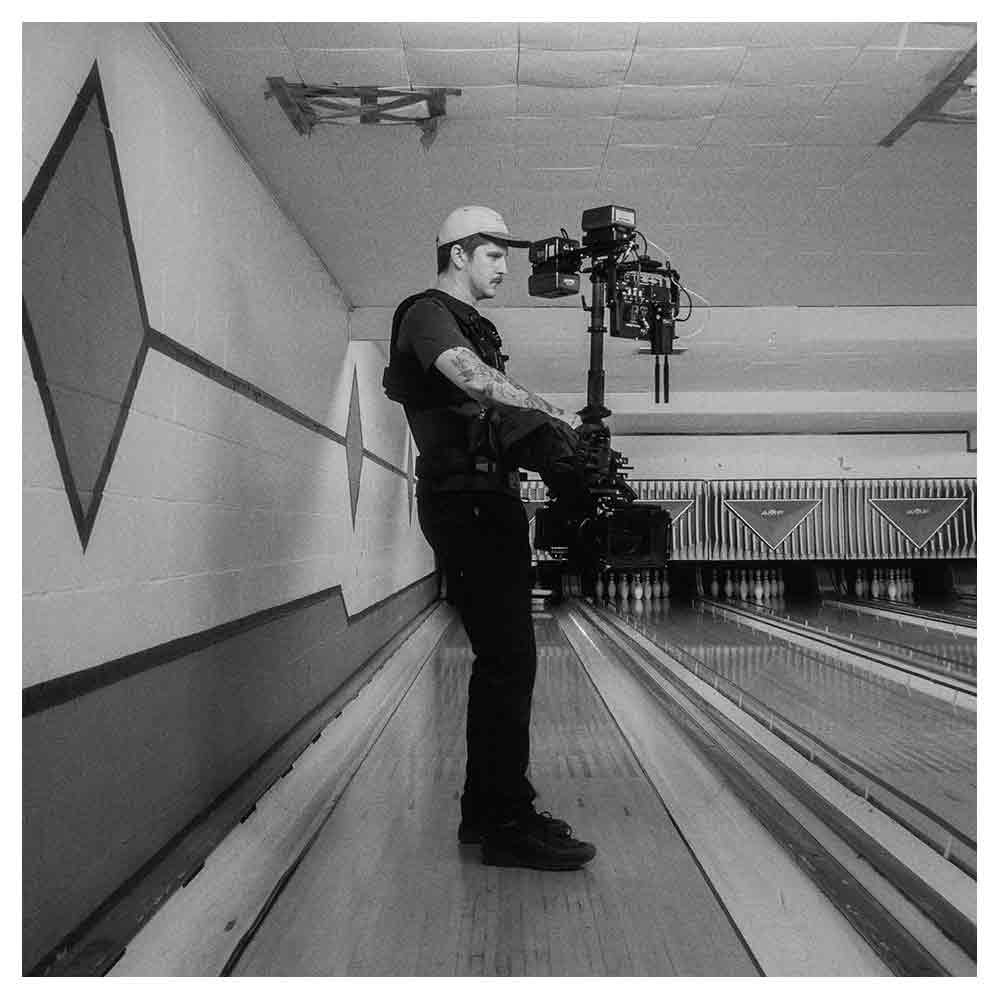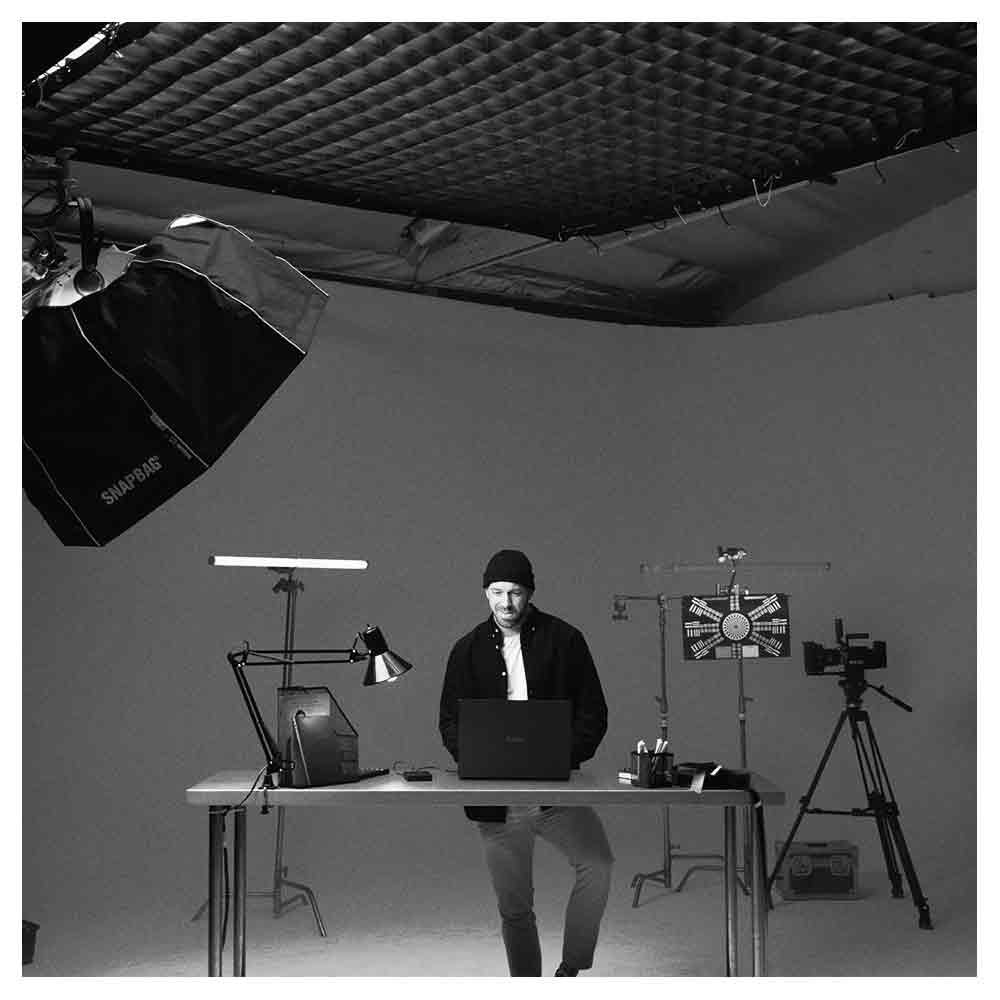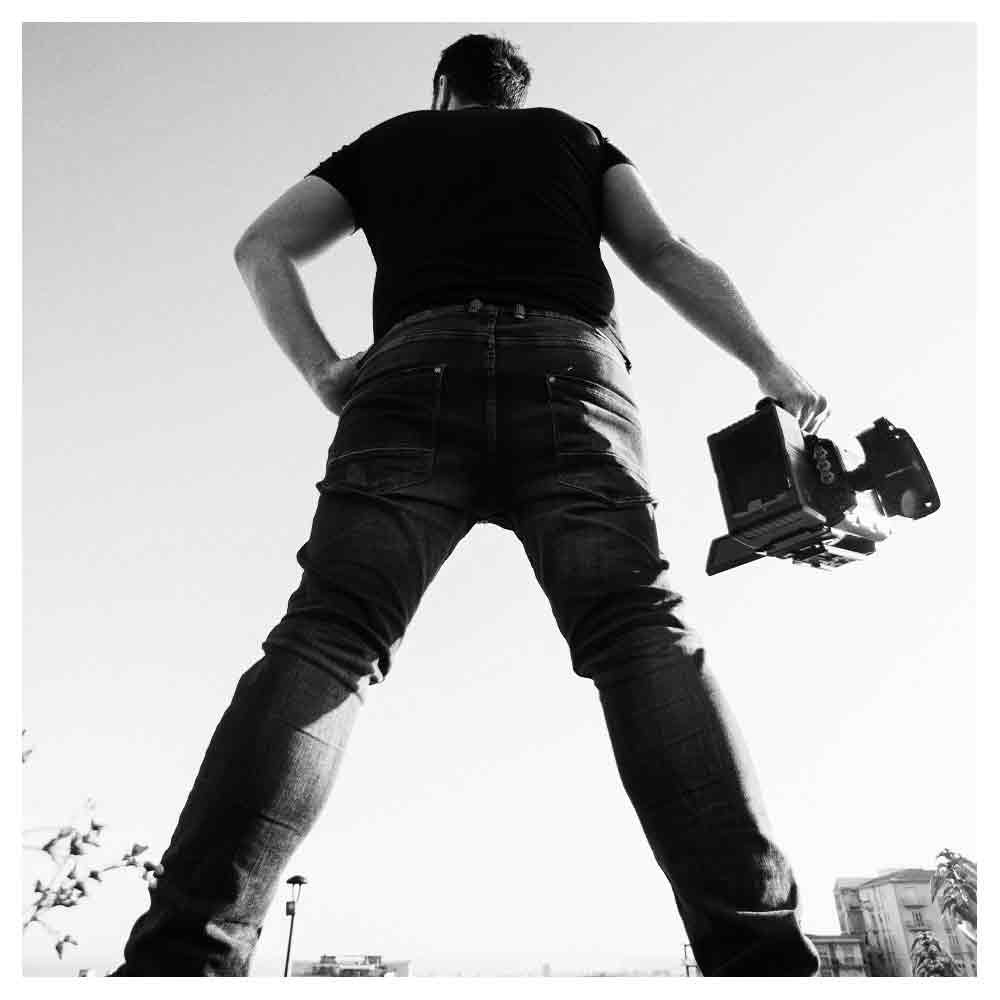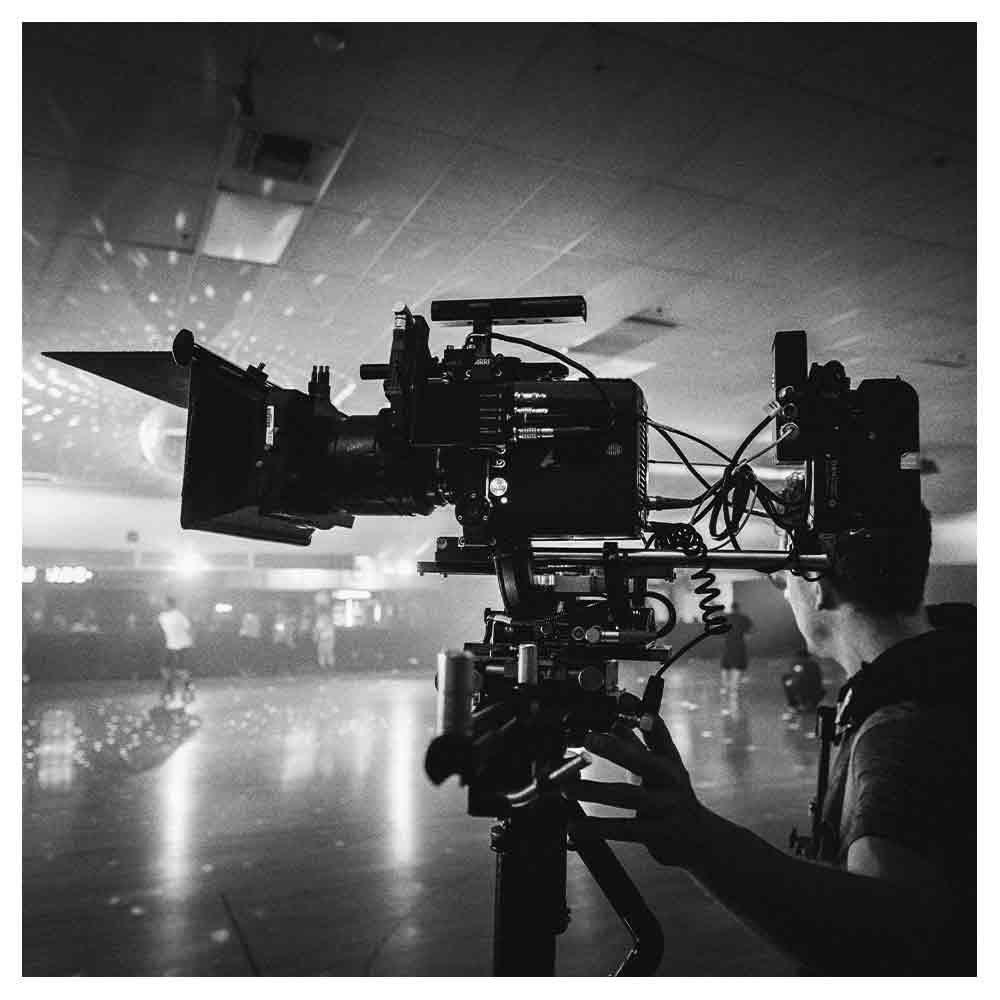What is A Visual Treatment?
Have you ever wondered how filmmakers create an enchanting world that captivates our senses? The answer lies in the visual treatment. Let's dive into the realm of filmmaking and unravel the mystery behind the visual treatment of the film. Grab your popcorn, and let's get started!
The Magic of Visual Treatment
A visual treatment is a comprehensive and creative document that illustrates the visual aspects of a film. It's like a blueprint for the movie, guiding the director, cinematographer, and the entire production team to achieve a cohesive and stunning visual style. In essence, a visual treatment helps filmmakers:
Communicate their vision to the team
Maintain visual consistency
Make informed decisions about the film's look and feel
Attract investors and collaborators
By breaking down the visual elements of a movie, the visual treatment brings the story to life, immersing the audience in a world filled with captivating imagery, colors, and emotions.
The Key Components of a Visual Treatment
Visual treatments can vary in style and format, but most of them contain the following essential elements:
1. Project Overview
This section summarizes the film's plot, genre, and target audience, setting the stage for the visual elements that follow.
2. Visual References
A collection of images, illustrations, or photographs that convey the desired visual aesthetic. These can be:
Mood boards: Collages that express the film's atmosphere, color palette, and emotional tone.
Reference images: Pictures from existing films, paintings, or any other visual source that evokes a specific style or look.
Concept art: Original artwork created for the film to showcase character designs, costumes, or locations.
3. Style and Tone
A description of the film's overall visual style, including the cinematography, lighting, and color grading.
4. Set Design and Locations
This part of the visual treatment showcases the film's settings, describing the locations and set designs that help create the movie's world. It may include:
Location scouting photos: Pictures of real-world locations that fit the film's vision.
Set designs and sketches: Conceptual drawings that detail the layout and appearance of interior and exterior sets.
Props and set dressing: A list of significant props or set pieces that contribute to the film's visual storytelling.
5. Costumes and Makeup
This section illustrates the characters' wardrobe and makeup, showcasing how their appearance enhances the narrative and supports the visual style.
Visual Treatments vs. Storyboards
While visual treatments and storyboards are both essential tools in the filmmaking process, they serve different purposes:
Visual treatments focus on the film's overall visual style, tone, and aesthetics, providing a comprehensive view of the movie's look and feel.
Storyboards are a series of illustrations that represent the individual shots of a film, depicting the characters, actions, and camera movements in a chronological sequence.
In short, visual treatments establish the artistic vision for the movie, while storyboards lay out the specific sequence of events and camera work. Both tools work hand-in-hand, helping filmmakers create a visually cohesive and compelling film.
Creating Your Own Visual Treatment: A Step-By-Step Guide
Ready to craft your own visual treatment? Here's a step-by-step guide to help you get started:
Step 1: Define Your Film's Vision
Before diving into the visual aspects, it's crucial to clearly understand your film's story, genre, and target audience. List keywords that describe your movie's themes, emotions, and visual style.
Step 2: Gather Visual References
Start collecting images, illustrations, or photographs that capture your film's aesthetic. Organize them into mood boards, reference images, or concept art to visualize the movie's atmosphere, color palette, and visual style. If you don’t know where to find these references, these online platforms can be helpful for you!
Step 3: Describe the Style and Tone
Describe your film's visual style separately, including the cinematography, lighting, and color grading.
Step 4: Plan Your Sets and Locations
Identify and describe the locations and sets to bring your film to life. Include location scouting photos, set designs, and sketches to depict the movie's world clearly.
Step 5: Design Costumes and Makeup
Showcase your characters' wardrobe and makeup, explaining how their appearance enhances the narrative and supports the visual style. Include concept art or reference images to help your team understand your vision.
Step 6: Organize and Format Your Visual Treatment
Compile all of the elements into a cohesive, visually appealing document. Use headings, subheadings, and bullet points to make the information easily digestible. Remember that your visual treatment should be a creative and inspiring tool that effectively communicates your vision to the entire team.
Step 7: Share and Revise
Share your visual treatment with your team and be open to feedback. Collaboration and discussion can help refine your vision and make your film more visually stunning.
Final Thoughts
A visual treatment is crucial in filmmaking, as it brings a director's vision to life and guides the entire production team. By creating a comprehensive and inspiring visual treatment, you'll be one step closer to capturing the magic of cinema and transporting your audience to a captivating world of your own design.
Now that you're equipped with the knowledge and tools to create a captivating visual treatment for the film, it's time to unleash your creativity and embark on your filmmaking journey!

